Let’s look at a more practical look in terms of cybersecurity.
Please reference our syllabus here. You can find the brand audit template here.
Cybersecurity brand voice
Users Neutral Buyers Technical Less Technical Casual Formal Empathetic Business-Oriented Confident Enthusiastic
This is, of course, a generalization. It’s entirely possible that you’re building a brand that appeals to a startup, and your user may also be your buyer. In those situations, it’s always best to offer a simplified voice, especially if you have a complex solution but have a secondary layer where someone can get into the weeds, like a white paper.
Tailoring your language for simplicity or technicality of information based on the person you are talking to is the key to effective communication and building a strong connection with your audience. When you understand the level of technical knowledge and experience of your audience, you can adjust the complexity of the information to ensure that it is easily understood and relevant to them.
By personalizing your approach this way, you demonstrate empathy and consideration for your audience. They feel understood and valued when you take the time to communicate in a way that matches their needs and preferences. This personalized approach not only enhances the overall user experience but also helps to build trust and credibility. When you provide information that resonates with your audience, it shows that you genuinely care about their understanding and success.
This approach also helps to avoid overwhelming or confusing your audience. If you speak in overly technical terms to people who have limited technical knowledge, they may feel left behind and discouraged. On the other hand, if you oversimplify information for highly technical individuals, they may perceive it as condescending or like you are withholding how things work. For the cybersecurity world, knowing your product and common buyer personas is the key to brand alignment.
By finding the right balance in your communication, you create a bridge between your expertise and your audience's level of understanding. This allows you to effectively convey your message, establish rapport, and foster a positive relationship with your audience.
This is all to say that your brand voice, when aligned, ensures that your message is easily understood, relevant, and resonates with their needs and preferences. We’ll, of course, get to messaging a bit later on, though.
We’ve covered your brand personality and voice, so let’s tap into your emotional intelligence… your brand tone.
Brand Tone
The brand tone is significantly easier to discuss because it’s just the emotional response we want to invoke, given the situation. You should have a range of emotions available, but as we always say, align it with your core company strategy and especially your customers.
Related Resources
For this one, we, fortunately, don’t need to reinvent the wheel because a researcher over at Nielsen Norman Group, Kate Moran, has a wonderful system already built out and has plenty of data to validate it. While it was technically built product voice/tone, this may as well be the same thing.
Formal vs. casual: Is the writing formal? Informal? Casual? (Note that casual and conversational are not necessarily synonymous, but they do often appear together.)
Serious vs. funny: Is the writer trying to be humorous? Or is the subject approached in a serious way? (Note that for our purposes, this dimension was only the attempt at humor. We didn’t evaluate if the writers successfully landed their jokes.)
Respectful vs. irreverent: Does the writer approach the subject in a respectful way? Or does she take an irreverent approach? (In practice, most irreverent tones are irreverent about the subject matter, in an effort to set the brand apart from competitors. They are not usually intentionally irreverent or offensive to the reader.)
Matter-of-fact vs. enthusiastic: Does the writer seem to be enthusiastic about the subject? Is the organization excited about the service or product, or the information it conveys? Or is the writing dry and matter-of-fact?
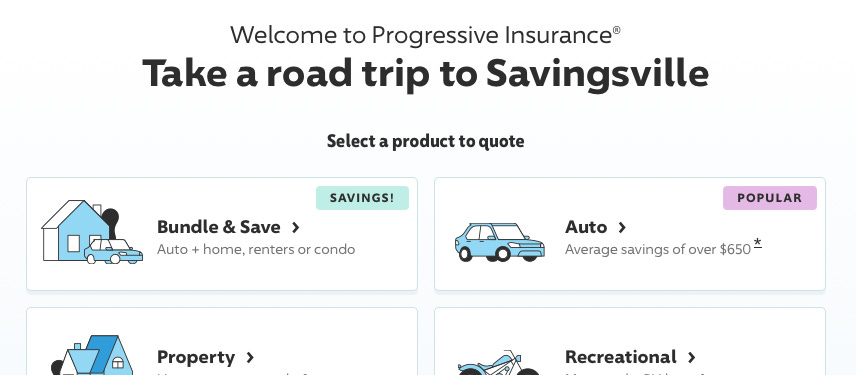
There are more examples and a better breakdown in Kate’s report, which I highly recommend checking out.
Now for impact. Let’s over simplify it, but NPS scores? Your best friend.
NNG created landing pages for a series of fake companies only adjusting the company name and tone being used. This was the chart system.
And here are the results.
This chart summarizes the average differences between each sample pair for the three measured brand impressions: friendliness, trustworthiness, and desirability.
Above the zero = more favorable reaction to the first company.
Below the zero = more favorable reaction to the second company.
If there was one major takeaway I got from this, it is that auto insurance companies should stay far away from cheesy copy or using terms like… we are a family. Also, I shouldn’t have to say this: make sure that it is never on your careers page. That’s not relevant to this course, but let’s call that a pro tip.
And that wraps module 3. In the next module, we chat about establishing brand guidelines. This is a critical resource that empowers anyone associated with the brand to understand what aligns and what does not. We’ll also chat about analyst relations as they relate to brand building since categories tend to dilute cybersecurity brands.





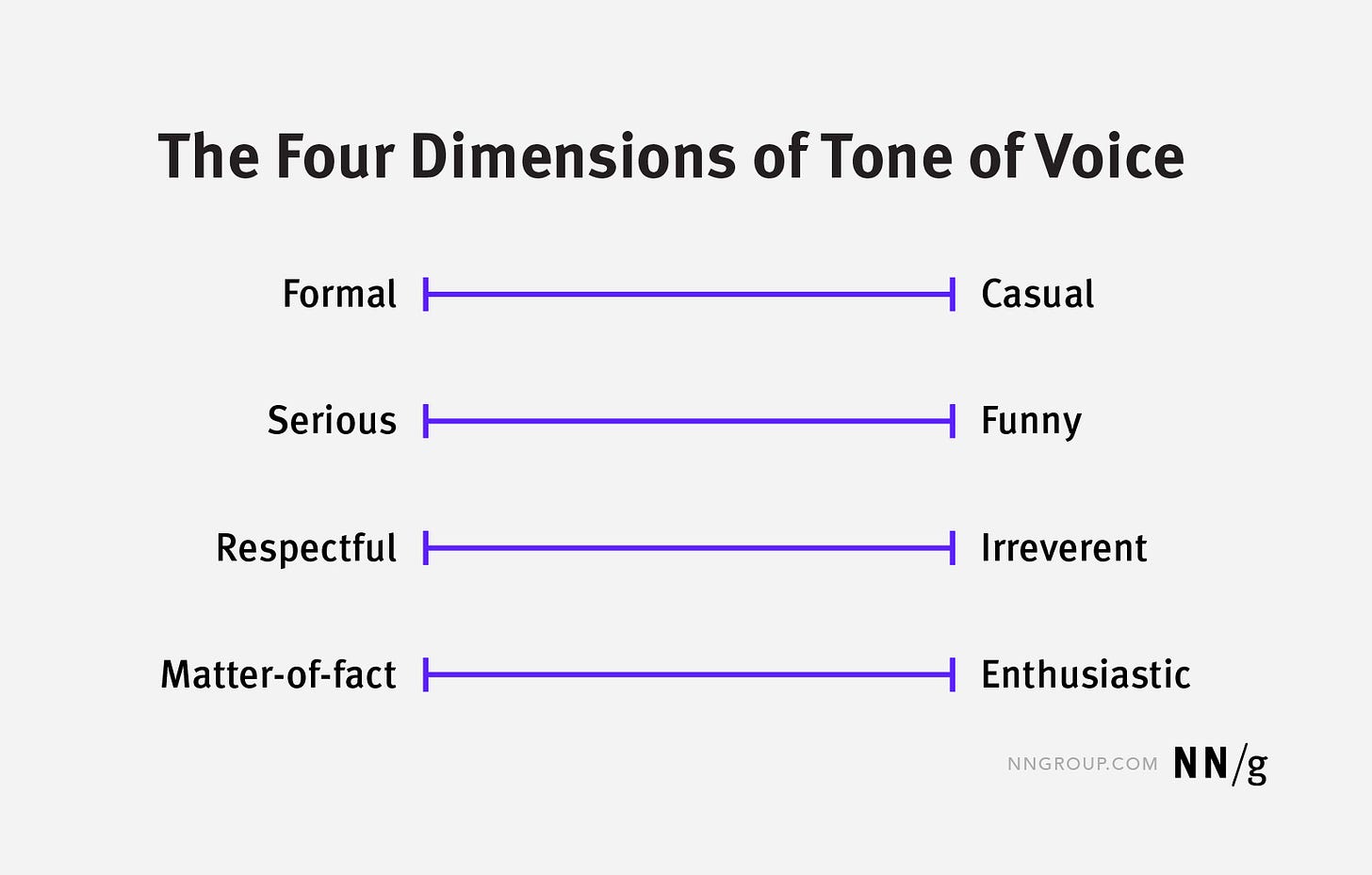
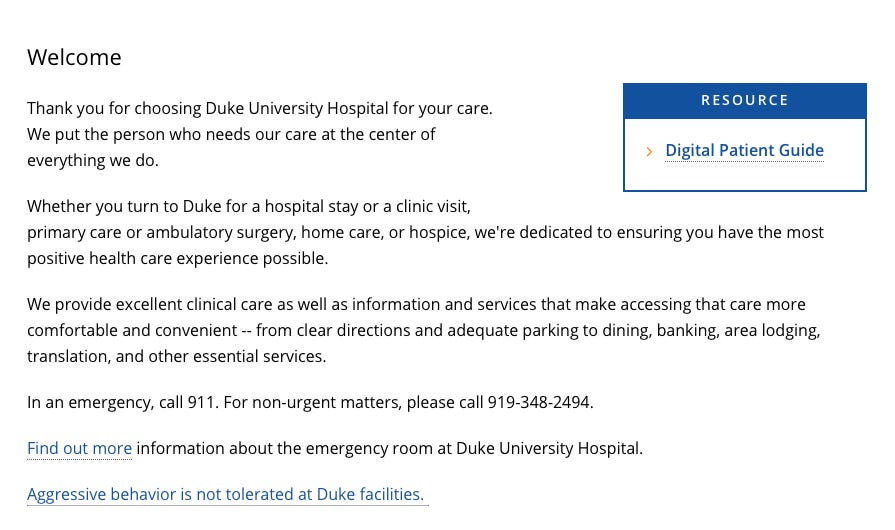
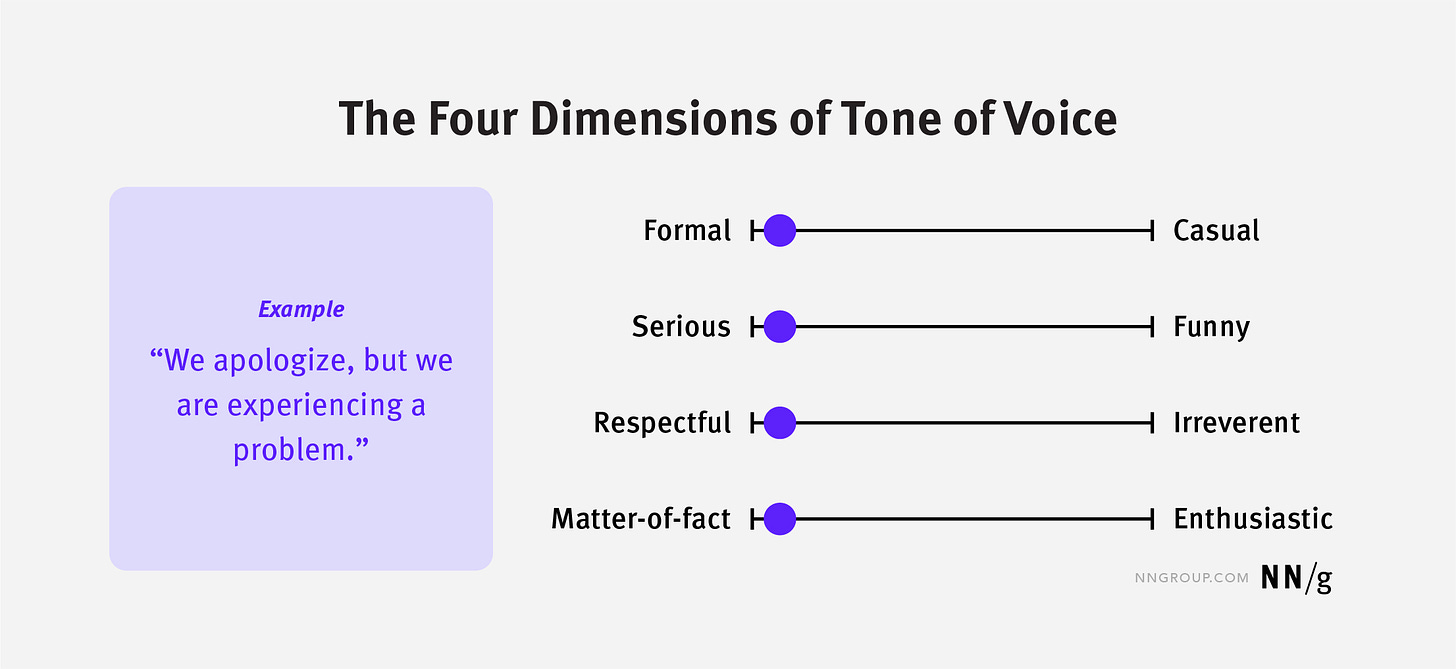
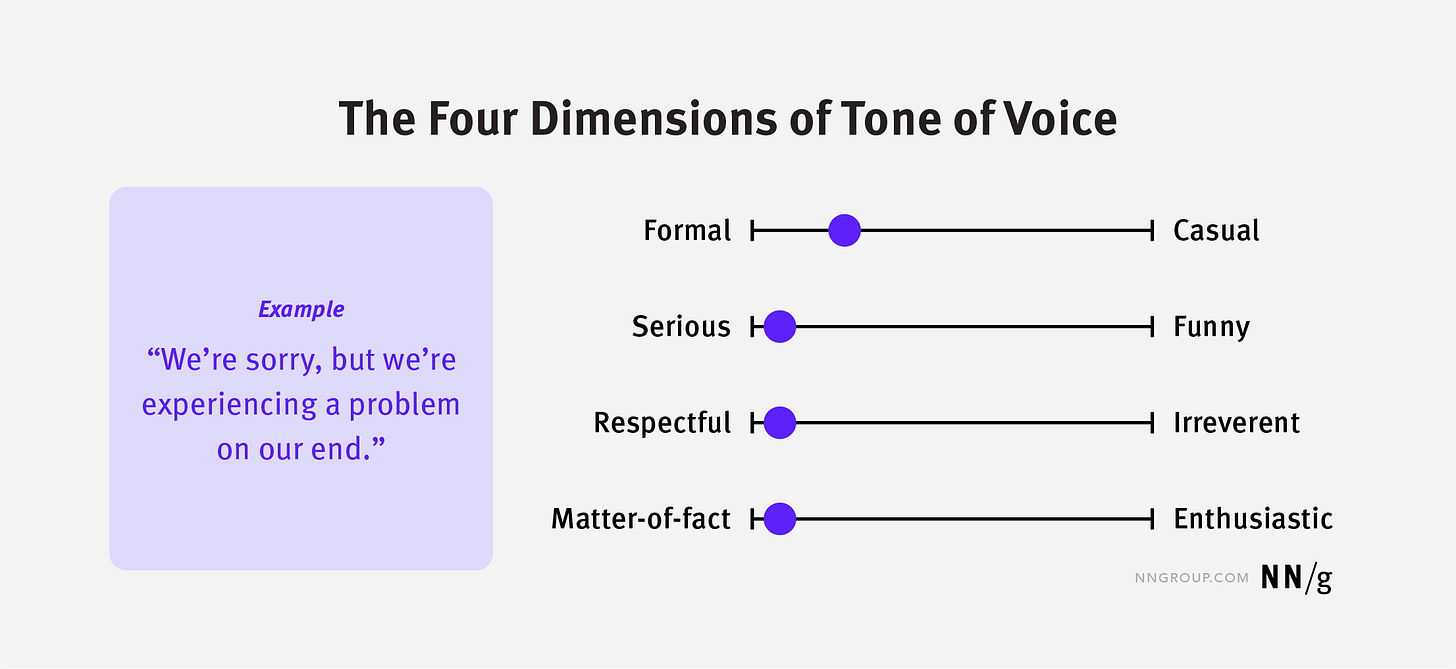
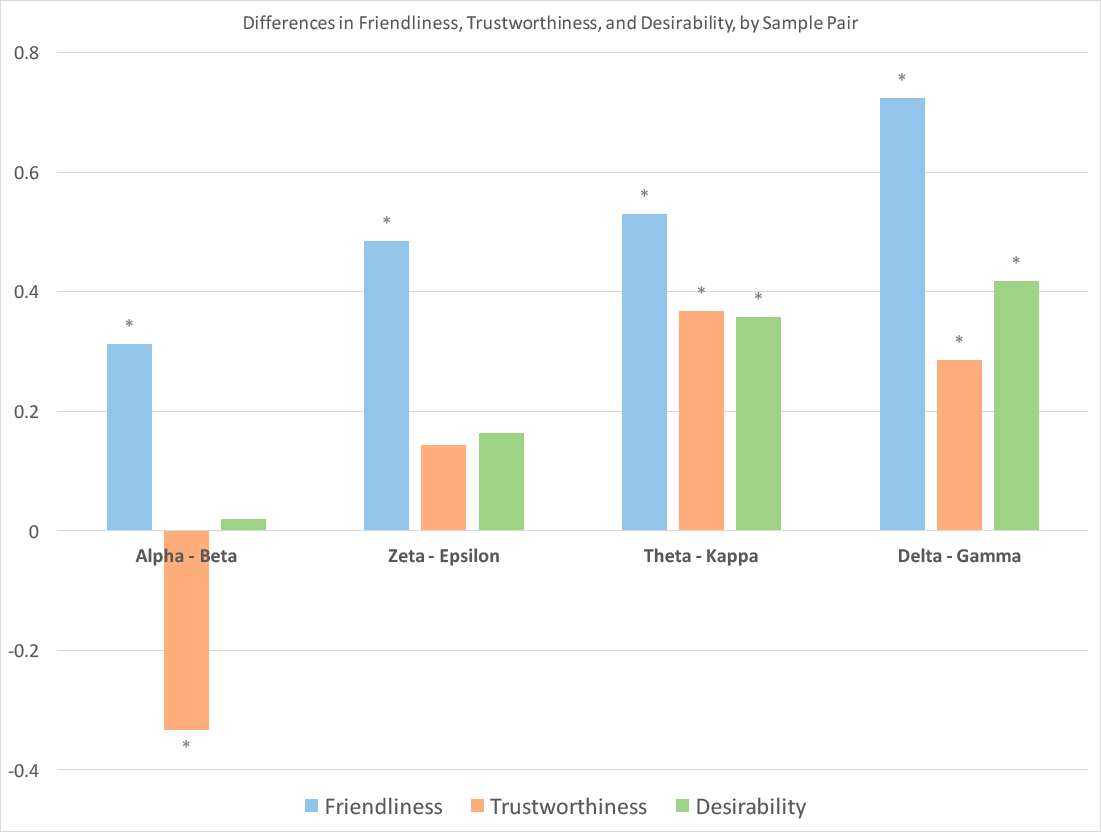

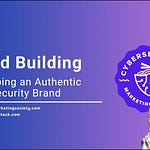

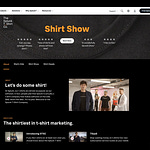





Share this post